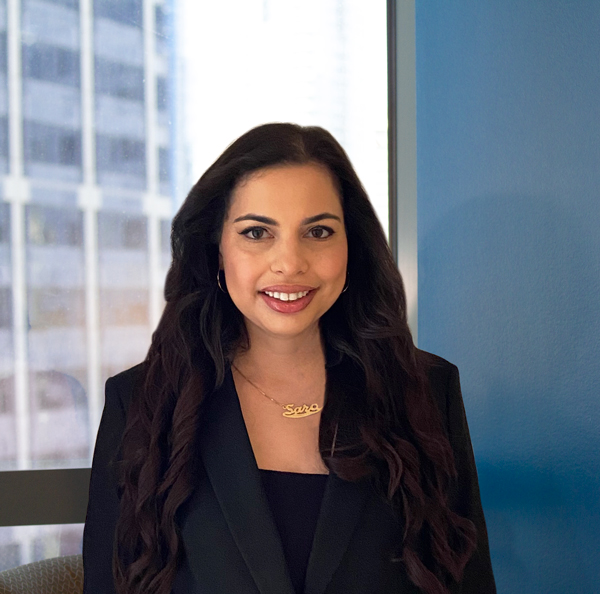So, you’ve splurged on concerts, travel, and good times this summer. We participate in more activities and sometimes slip and spend more money than anticipated. That is what summer is all about. But as the kids return to school and fall approaches, understand why you are saving and how much you should put away each month. It’s never too early to start planning for a rainy day! Have you thought of building a budget and sticking to it? Have you thought about starting a college fund if you have kids attending school? Budgeting can seem restrictive, but it does not have to be complicated. Our Financial Fitness platform has courses that cover impulsive spending and how you can stay on track with your savings goals.
1. Create a spending plan
The initial step to setting up a personal budget is to create a spending plan. This tool is essential because it lets you track your monthly spending habits. Gather your financial statements, including account statements for all your debts and accounts. Subtract your mandatory expenses from your income. From there, determine how much will be spent on miscellaneous holiday spending. A spending plan will help you get a handle on costs.
2. Make a list to identify your costs
Identifying your costs is the best way to determine how much money to set aside. In your list, label the item prices, and mark how much you want to spend on each purchase. If you’re over your expenses, adjust the list by removing anything over budget until they match how much you’re willing to pay. Adjust your list accordingly so that spending doesn’t exceed savings. (This is key!).
3. Avoid debt
According to American Debt Statistics, the percentage of Americans in debt is around 80%. Avoid falling into the (easy) trap of high credit card interest rates from spending over your limits!
4. Save to focus on future financial goals
The holiday season is the perfect time to find deals and save money for the future. Don’t overspend in the short term; instead, take the time to focus on future financial goals. What do you want to achieve?
If you are looking for a way to save more, it helps to know what you want. Here is a question to ask yourself:
- What do I want?
- What do I need? Vs. Determine where you can cut spending.
If you feel the need to save money but do not know where to start, figuring out how much you spend on purchases can be an excellent place to start.
Your budget will show where your money goes each month and help determine where you can cut back on spending. Regardless of what changes are necessary, though, being aware of how much we spend on things allows us all some control over our finances–and save some cash!
Tracking your budget is one of the most critical steps to maintaining and growing wealth. Our Financial Fitness platform has courses that cover impulsive spending and how you can stay on track with your savings goals.
We also offer comprehensive, unbiased financial education, which can help individuals understand personal finance topics, financial planning, investing, and much more.
Whether you have a financial plan or want to establish your first one, building your savings and emergency funds should always be a priority. Remember, it’s the small actions that will have significant results. Start saving now; your future self will thank you later.


